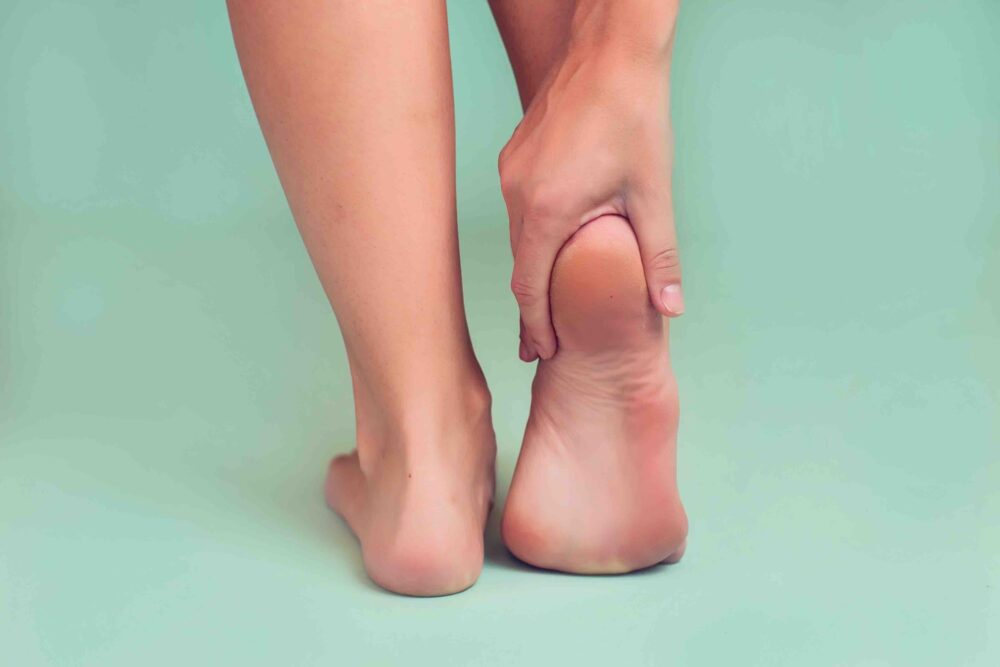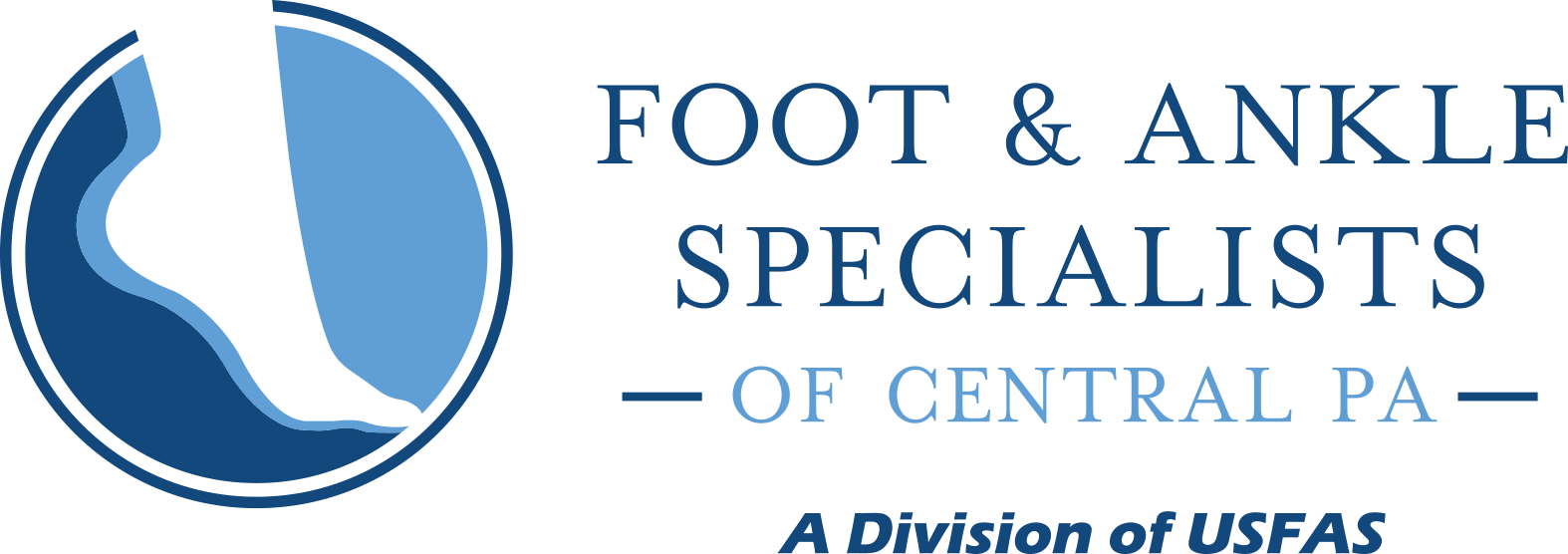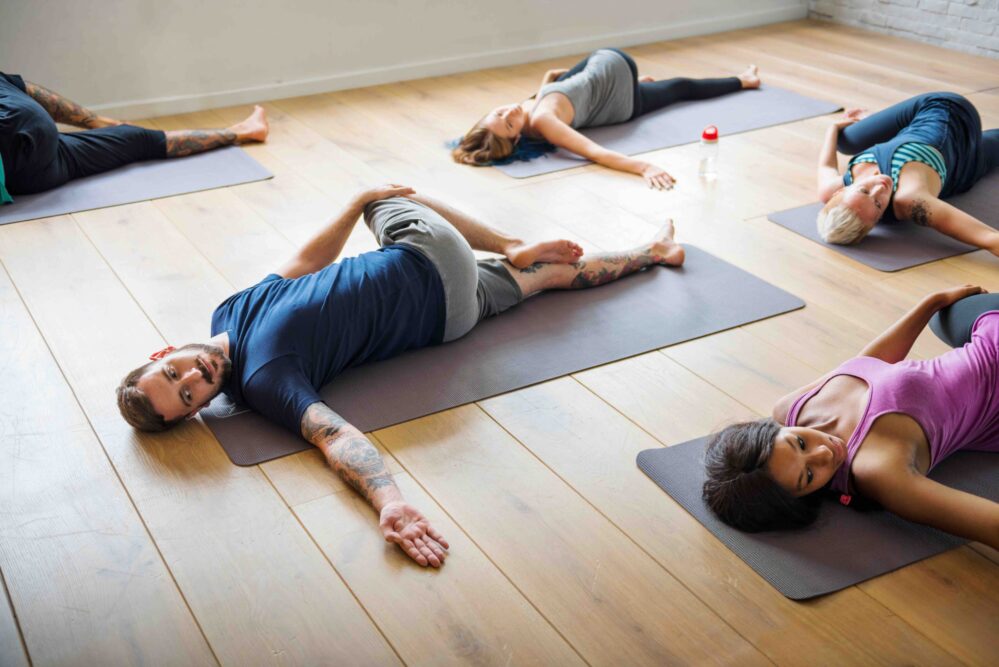Exercises That Should Not Cause Heel Pain
If your heels hurt, it’s important to give them a much-needed and well-deserved break from activities that put excessive stress and strain on them. At Foot & Ankle Specialists of Central PA, we understand that prioritizing rest may be difficult if you are accustomed to an active lifestyle. We also sympathize when your physical routine gets disrupted by heel pain. That’s why we’re here to remind you that there are alternative exercises you can do while your heels recover and your pain subsides.
Why Would Exercise Cause Heel Pain?
Exercise causes heel pain because when you run, jump, or perform other repetitive movements, you put excessive pressure on the muscles, tendons, ligaments, and joints in your lower limbs. If your heel pain is caused by plantar fasciitis, for example, exercising can cause even more micro-tears to form in the plantar fascia ligament, which can intensify the pain and aggravate the injury.
Many times, it is high-impact exercises that can cause heel pain. High-impact activities are those that involve forceful, repetitive movements. Running is a great example of a high-impact exercise because every time your feet hit the ground, they absorb considerable shocks. Though your feet, ankles, and lower limbs are meant to withstand these shocks, they can take their toll over time, leading to overuse injuries that cause mild to severe heel pain.

What Exercises Should Not Cause Heel Pain?
If you strive to maintain a fit and active lifestyle, but you are experiencing heel pain, you may be wondering what exercises you can do that will make you feel like you’re getting a good workout without putting further stress and strain on your heels.
The most ideal alternative exercises you can incorporate into your fitness routine will not cause discomfort or pain in your heels during or after the chosen activity. The exercises shared below are what our podiatrists at Foot & Ankle Specialists of Central PA would describe as low-impact. Low-impact exercises are ideal for patients with heel pain because they minimize stress on the heels without requiring you to sacrifice the ability to engage in physical activity and reap the mental and physical health benefits that exercise provides.
Walking
While walking does involve repetitive motions, it is considered a low-impact exercise because your feet hit the ground far more gently than they would if you were running on pavement or a treadmill. You can tailor your walks accordingly—if your heel pain is severe, for example, take a short walk around the block to get your heart rate up. When your heel pain improves, you can gradually increase the duration and intensity of your walks as you see fit.
Swimming
When you go for a swim, your body’s weight is supported by the buoyancy of the water. This makes swimming another ideal low-impact exercise because your heels aren’t bearing any weight. Many people find that swimming laps are a great way to strengthen their muscles and increase their endurance. Also, if you enjoy swimming, you may want to look into water aerobics, which allows you to perform aerobic exercises while in the water.
Bike Riding
Bike riding involves using your feet to pedal in gentle, circular motions. This takes the pressure off your heels while also allowing you the freedom to control the intensity of your workout by changing your speed, adjusting resistance, and more. In addition to being low-impact, bike riding is also versatile—you can venture outdoors on a bicycle or mountain bike, or hop on an indoor stationary bike in your home or at the gym.
Yoga
Yoga is another great low-impact exercise if you have heel pain. You can enroll in a yoga class in person or queue up some yoga videos widely available online. Whatever your preference, yoga involves a lot of stretching and strengthening, which can be excellent for promoting flexibility, improving your posture, and even reducing stress. Yoga poses can be modified to accommodate your heel pain, and you can even use props such as blocks and straps to make the poses more accessible to you.
Pilates
Similar to yoga, Pilates is an exercise that makes it possible for you to stretch and strengthen your muscles while being gentle on your joints and heels. Through controlled movements and deep breathing, Pilates can improve your balance and stability and also works well to target specific muscle groups. If you are interested in doing Pilates, you can find classes at gyms and fitness studios, or videos through apps and fitness websites.
Rowing
Another fantastic low-impact exercise option is rowing, which you can do on a rowing machine or a boat. Rowing offers a full-body workout because you use your arms, core, legs, and back to propel yourself forward on the water or, if you’re using a machine, to simulate that movement. Your heels won’t have to do much work aside from helping to keep your body stable.
Other Exercises
Talk to our podiatrists about other low-impact activities that might be most suitable for you based on your injury/condition, fitness level, and other factors.
If You Have Heel Pain, Let Us Help!
If you have heel pain, our trusted and well-respected podiatrists at Foot & Ankle Associates of Central PA, Dr. Terry H. Clarke and Dr. Karen M. Leonard, can put you on a path toward recovery. Remember, heel pain is not normal and should not be left untreated, especially because conditions such as plantar fasciitis and Achilles tendinitis can worsen over time.
Foot & Ankle Associates of Central PA is conveniently located off I-81 and north of Carlisle Pike off Highway 114. You may request an appointment by calling our office at (717) 620-8225. Our team is committed to helping you manage and overcome your heel pain so that you can stay active and enjoy all your favorite exercises now and well into the future!

